Menstruation

Menstrual Cycle in Girls:
Menstruation, or period, as it is more commonly known, is a normal part of the reproductive process. Menstruation is essentially the shedding of the lining of the womb, which happens once a month, or every 28 days, as part of the reproductive cycle.
When a girl reaches the age of puberty, the ovaries start to release an egg every month. If the egg if unfertilised, i.e. if the girl does not get pregnant, then the egg, along with the lining of the uterus, is shed from the body through the vagina. This process is called the menstrual cycle.
Girls usually start menstruating anytime between the ages of 8 and 16. The bleeding lasts for about 5-7 days, and the flow is different for every woman. Some girls experience intense symptoms like cramps and pain, while others do not feel anything except some discomfort. Since the menstrual cycle is controlled by hormones like oestrogen and progesterone, it can even affect your mood.
Menstruation Cycle and Phases:
The menstruation cycle begins with the rise of the levels of oestrogen, or the ‘female hormone’. This hormone is responsible for ensuring the lining of the uterus is thick enough to support the pregnancy, if it happens. At this time, an egg in one of the ovaries reaches maturity, and is dispelled from the ovary. This is called ovulation.
The egg travels down the fallopian tube, towards the uterus. This journey takes a few days, during which, a woman can get pregnant if she has sexual intercourse. On reaching the uterus, the egg embeds itself there. If it remains unfertilised, it breaks apart, and is discarded from the body, along with the uterine lining.
Ovarian Cycle
Follicular phase – During this first phase of the ovarian cycle, the ovarian follicles are stimulated by the FSH hormone, and they mature and get ready to release an egg. The latter part of this phase overlaps with the proliferative phase of the uterine cycle.
Ovulation phase – In the second phase, the mature egg is released from the ovarian follicles into the oviduct. The egg is then swept into the fallopian tube by the fimbria and starts travelling down towards the uterus.
Luteal phase - The final phase of the ovarian cycle is the start of menstruation. In the absence of fertilisation, the hormone levels fall, the egg disintegrates, and the period starts.
Uterine cycle
Proliferative phase – In this phase, oestrogen causes the lining of the uterus to grow. This happens alongside the maturity of the follicles, as the uterus prepares to receive the egg.
Secretory phase - Corresponding to the luteal phase of the ovarian cycle, during this phase, the body prepares to support pregnancy by increasing blood flow and uterine secretions, and reducing the contractility of the smooth muscle in the uterus to ensure the egg is firmly planted.
Menstruation symptoms
Before the onset of menstruation, your body will prepare for the period, and give you signs that it is going to start. These symptoms are collectively called premenstrual syndrome (PMS), or premenstrual tension (PMT), as they are emotional, psychological, and physical all at the same time.
Here are 11 symptoms of mentruation:
Abdominal bloating
Acne
Headache including migraine
Irritability
Pain, especially backache
Feeling of being low or depressed
Insomnia
Lack of concentration
Tenderness in the breast, or even some swelling
Slight weight gain
The tendency to binge eat
Most of the time, these symptoms will disappear as soon as the periods start. Sometimes though, they can continue into the period, when the bleeding occurs. They soon disappear though, until the next cycle begins.
Factors like stress, smoking, unhealthy lifestyle and lack of nutrition, high caffeine consumption, and a family history of PMS contribute to the kind of symptoms you have, their intensity, and duration.
Simple lifestyle changes can go a long way in alleviating the milder symptoms, and the discomfort they cause.
Note: This article is for informational purposes only and does not constitute medical advice.
Everything You Need to Know About PCOS
Polycystic ovary syndrome (PCOS) is a condition in which the ovaries produce higher amounts of androgens than the usual amount normally present in women. Androgens are male sex hormones that women usually have in small amounts. When the ovaries produce...
Period Bloating - Ways to manage menstrual bloating?
What is menstrual or period bloating in females? The onset of the period can be a stressful time for some women, who experience bloating as a symptom. Period bloating can cause discomfort and can also be painful at times. It takes a little patience and...
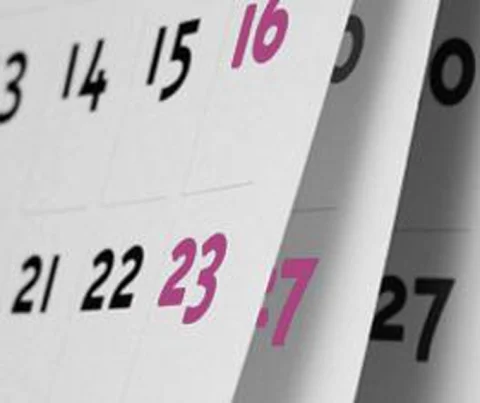
Painful Periods: Why is there Pain? How can I relieve it?
Almost all girls experience discomfort when they have their period. For some, this phenomenon goes unnoticed. But for others, the pain is so intense that it prevents them from pursuing their daily activities. In fact, menstrual pain is one the main...

Periods: What Does A Period Mean For Girls?
What Is A Period? Menstruation, also known as a period, is the discharge of blood and tissue that the body no longer needs. When a girl reaches the age of 11 or 12, her body matures, and every month, the ovary releases one egg. The egg travels to the...
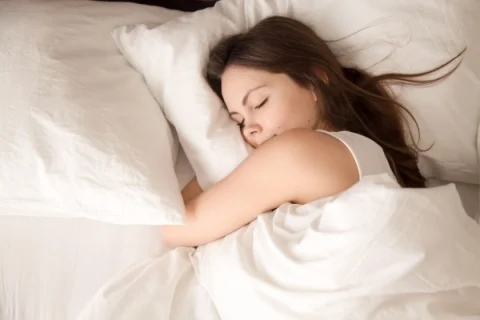
Dealing with Menstruation Problems
Menstruation problems In addition to PMS, women can experience various other kinds of problems during or because of periods. These include pain, heavy bleeding and delayed or skipped periods, or even the absence of periods after a certain age. What is...
Premenstrual Syndrome (PMS)
Have you ever had days when Pre Menstrual Syndrome, or PMS, pain and cramps have left you feeling down? Do you find yourself unable to get through the day with the same enthusiasm and energy because of the onset of your period? You are not alone. What is...

Puberty - The First Step to Womanhood
Teen years are times of wonderful transformation: your body is changing, and so are your dreams, your plans, your likes and dislikes! But one thing never changes, and that’s the need to stay fresh and clean by maintaining good feminine hygiene. What are...
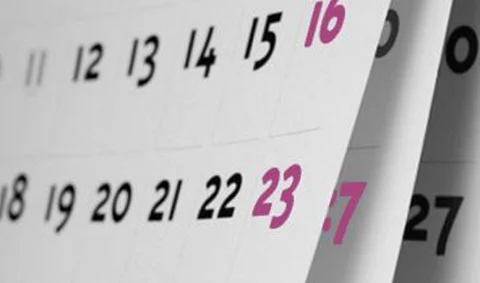
Menstruation: When Does Your First Period Arrive?
Everything to know about periods and the menstrual cycle. Perhaps the most annoying thing about the first period is that it comes unannounced. No girl can really tell when it’s going to happen. So how can you be prepared? First, know that this is going...

Delayed Periods
For the last week or so, you’ve been anxiously awaiting your period, but it still hasn’t come. That's delayed menstruation. This delayed menstruation raises tons of questions in your mind. Am I pregnant? Is something wrong with my body? Before you jump...
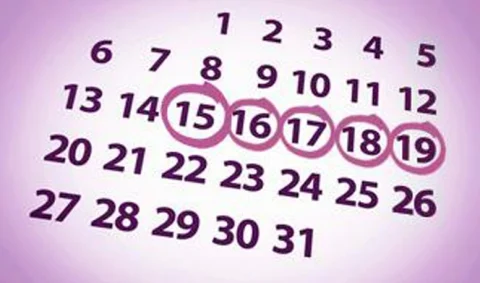
Period Tracker: How to track your Period?
Track your period to stay on top of things. Tracking your period is essential so that you can prepare yourself physically and emotionally for the experience. It’s also a great way to make sure you’ve got everything you need, like panty liners, to stay...
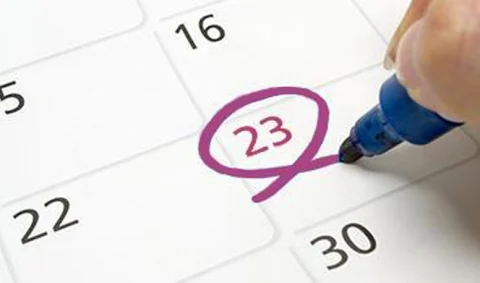
Irregular Periods
Sometimes heavy, sometimes light, sometimes here, sometimes not... your period doesn't run exactly like clockwork! From puberty to menopause, most women will experience an irregular period at some point. In most cases, irregularity is perfectly normal,...
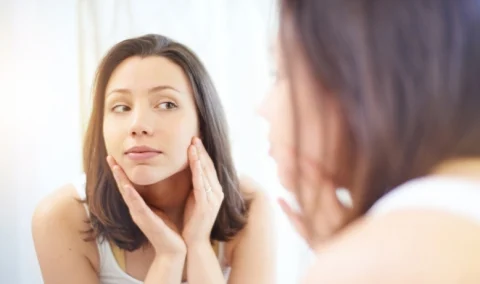
Menstrual and Hormonal Changes After Marriage
You may be wondering about how marriage will change your body, and whether or not engaging in physical intimacy affects your menstrual cycle, hormones, vaginal discharge, and period. What are the myths and facts about menstrual and hormonal changes after...